Table of Contents
Is cold or warm water better for bidet?
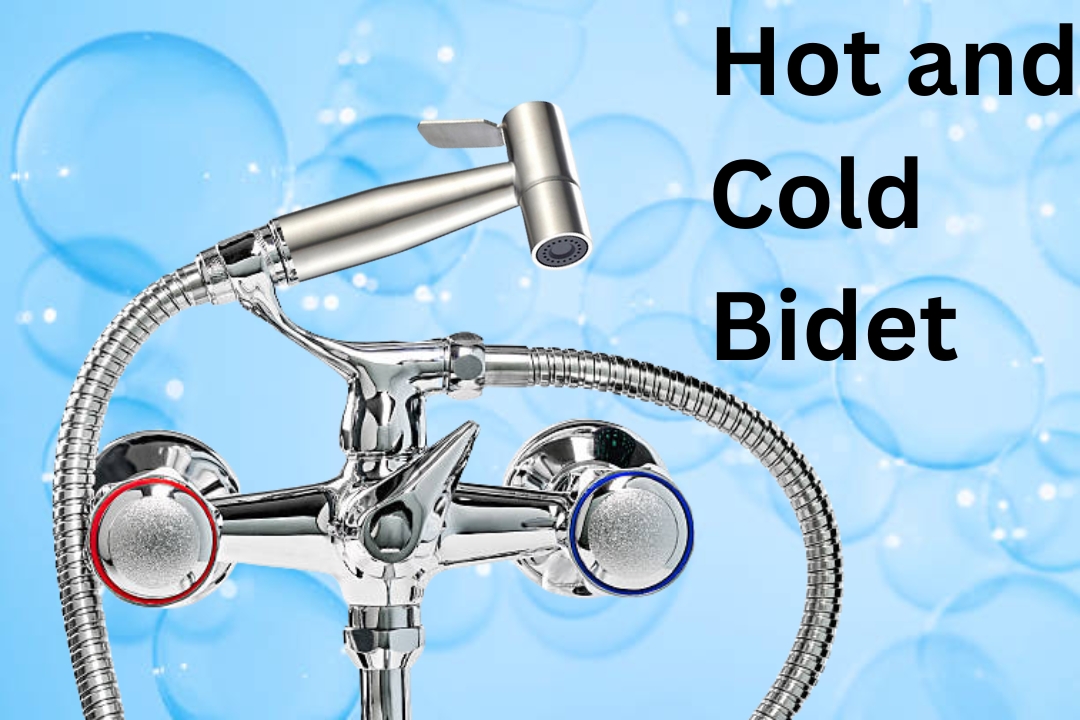
When it comes to using a bidet temperatures, there is no wrong answer. As long as you’re comfortable with the temperature of the water. Both cold and warm water are perfectly fine for bidet use. While cold bidet is preferable in summer and warm bidet in winter.
It depends on your personal preferences, one might be preferable over the other at different times of the year.
In general, cold water is preferable during summer months because it cools down your body after eliminating waste. It also helps reduce sweating by cooling your body down quickly. Cold water can also help reduce swelling in inflamed areas. Some research has shown that colder water can stimulate certain muscles. Which can lead to an overall improvement in health and wellbeing due to strengthening of these muscles over time.
Additionally, cold water helps reduce energy costs since you won’t have to heat up the water. However, if you live in a colder climate where winters can be quite chilly, then using a warm bidet can be more comfortable.
Warmer water can be used in winter months to help keep you warm and make sure that you don’t get chilly after going to the bathroom. Additionally, using warm water may be more comforting to use when making contact with sensitive areas and provides relief to those who suffer from conditions such as hemorrhoids or chronic constipation. The warmth on sensitive areas of the body can be soothing and provide a sense of cleanliness after use.
Ultimately, it’s always important to test the water temperature before getting started so that you’re sure you’re not experiencing any discomfort.
Hot or Cold Bidet? Pick one for Yourself!
Why is my bidet water so cold?
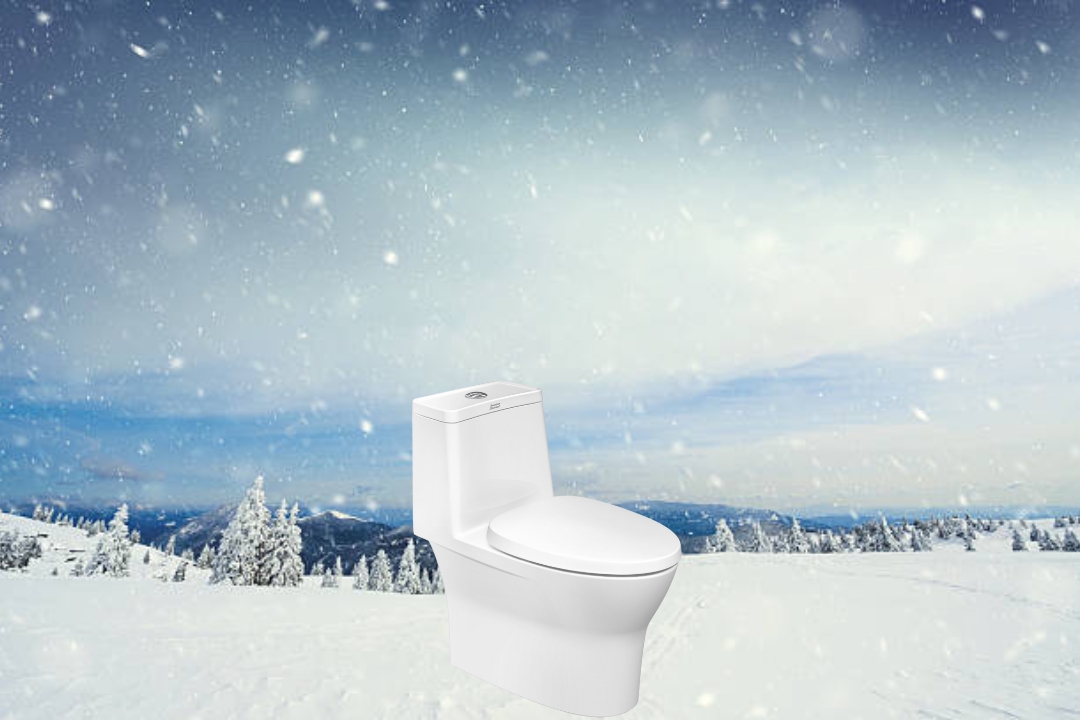
Have you ever sat down on a warm, inviting toilet seat only to be shocked by the freezing cold bidet water temp of your bidet? If so, you’re not alone! Many people have experienced this same uncomfortable situation.
There are actually a few possible explanations for why this might be happening.
- First, the ambient temperature outside the house can be very low during winter months. This can decrease the efficiency of your heating system and may lead to colder temperatures inside the home as well.
- Second, there is an issue of plumbing and valves. It takes time for hot water to reach fixtures like bidets, while cold water travels more quickly and directly. This means that whatever temperature you set your thermostat at may not apply to the bidet since the hot takes longer to get there.
- Third, older facilities may not have been designed with cold bidet water temperature in mind. Upgrading to a newer model that includes this type of feature can help to keep your bathroom warmer in colder climates.
- Finally, some bidets may use less hot water overall due to environmental concerns or user preferences.
Can you control the temperature of a bidet?
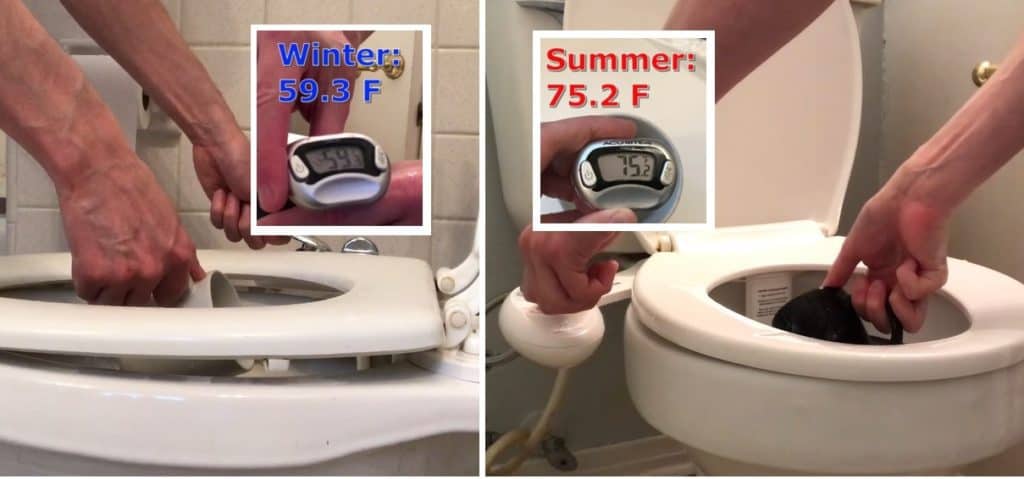
The answer is yes. It is possible to adjust the water temperature on a bidet. By adjusting hot warm water supplied to the fixture. Users can customize their experience and enjoy their time in the bathroom even more. The days of cold, uncomfortable toilet seats are gone for good!
Many modern bidets have features that allow you to adjust the bidet water temp to your preference. This can be done manually with a knob or lever mounted on the side of the bidet fixture, or digitally, using an electronic control panel.
The ability to control the temperature of your bidet can be an important feature if you have sensitive skin or prefer cooler or warmer temperatures for comfort. Different models offer different levels of customization, from simple knob-style controls to digital touch screens with multiple settings. Some higher-end models even include seat warmers and air dryers for added convenience.
When choosing bidet water temperature, it’s important to consider both comfort and safety. You want to pick a setting that is comfortable enough for use without posing any risk of burns. For most people, this means selecting a setting between 90-105 degrees Fahrenheit (32-41 degrees Celsius). However, this may vary depending on individual preferences and sensitivity levels.
No matter what type of bidet you choose, having the option to control the water temperature will give you an added level of comfort and convenience when using it. To ensure optimal safety and comfort when using your bidet toilet seat or fixture, always follow manufacturer instructions regarding proper installation and operation.
How do I make my bidet water warm?
If you have recently purchased a bidet, or are considering one, it is important to know how to make the water warm. Fortunately, this process is not complicated and by following the right steps you can have warm water in no time. In this article, we will discuss how to make the water in your bidet warm with easy-to-follow steps.
-
Attach the water line to a t-valve
What if you want to make sure the water used for cleaning is warm? It’s not too difficult a task, but it’s important that you know the right steps to take. To make sure your bidet water is always warm, all you need to do is attach the water line to a t-valve.
This will allow hot water from your main supply line to flow through the bidet sprayer, resulting in warmer water when you use it. However, this also means that there needs to be some plumbing involved – so we would advise either enlisting the help of a professional or doing plenty of research on how to properly install it yourself before attempting anything!
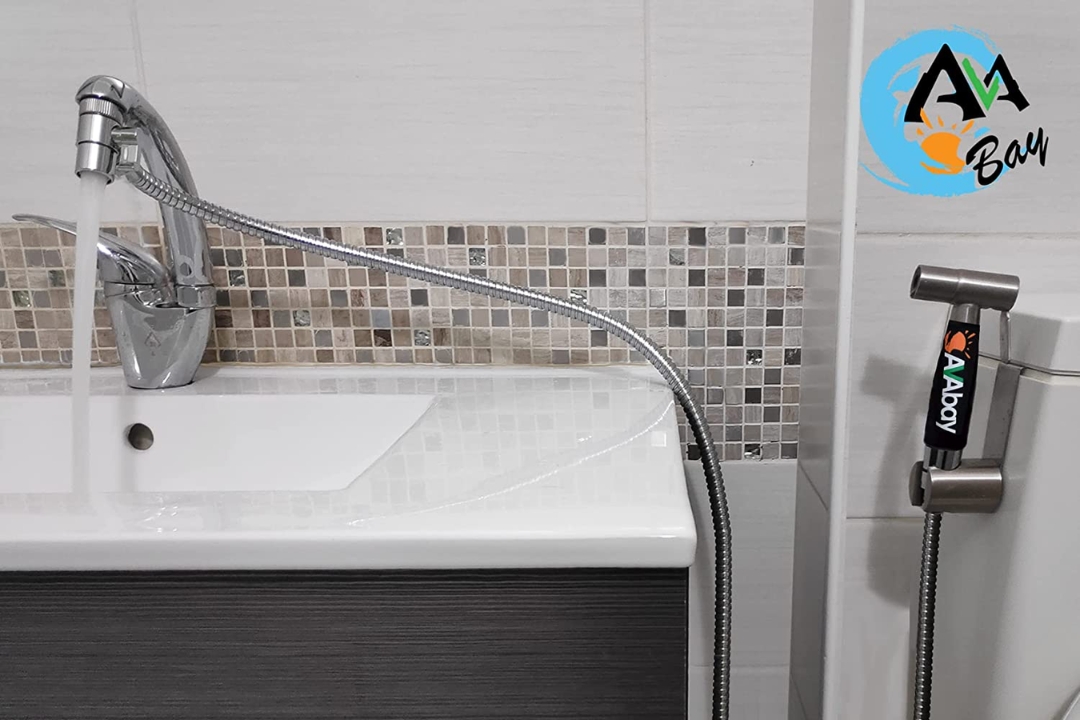
-
Use a faucet bidet
Faucet bidets, also known as sprayer hose attachments, are easy to install and offer great convenience when it comes to providing your desired temperature for a pleasant wash.
The first step is to purchase the right type of faucet attachment for your specific sink or tub. Most models come with adjustable temperature control valves so you can customize the water temperature according to your comfort level. Once mounted on the sink or tub, these attachments use hot and cold water from the same source that supplies other plumbing fixtures in your home such as showers and toilets.
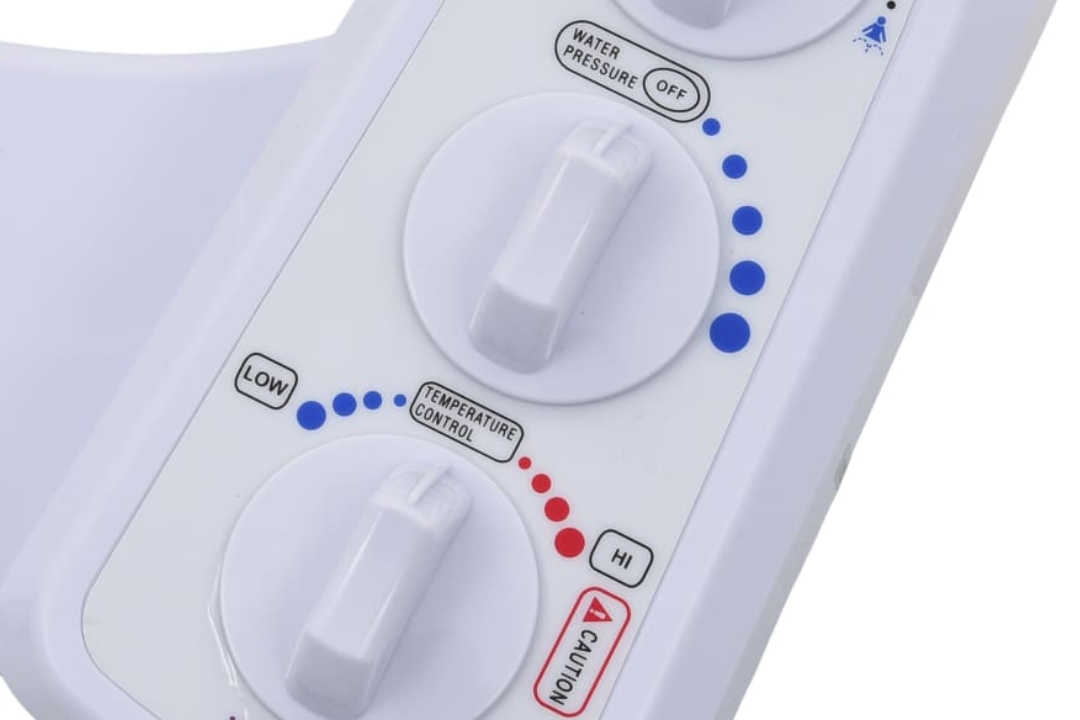
-
Use seat bidet with temperature control
People looking to upgrade their commode experience and hygiene routine should consider a seat bidet with temperature control. With adjustable water temperatures, individuals can enjoy the comfort of a warm water stream to cleanse and refresh their bodies after using the toilet.
Those wondering how to make their bidet water warm need look no further for tips on setting up a seat bidet with temperature control.
First, users need to ensure that they have both hot and cold water connections available near their toilet or bathroom sink. For those who don’t have access to hot and cold water sources, an electric tankless heater can be installed nearby in order to create heated water for the bidet system.
Once this setup is complete, users can adjust the lever located on the side of the bidet seat or wand handle in order to blend both hot and cold streams until they reach their desired temperature.
Is there a bidet that warms the water?
With the growing popularity of bidets, it is no surprise that people are looking for ways to make the bathroom experience more comfortable and enjoyable. One of the questions people have is whether there is a bidet that warms the water.
The answer is yes – there are a variety of options available on the market today. From a seat bidet with temperature heating, a seat bidet with hot water line, a handheld bidet with warm water line, and faucet bidet.
These products provide users with an extra layer of comfort and convenience when using their bidets. In this article we’ll give you a brief overview of the various types of bidet on the market and explain how each one heats the water differently.
Seat bidets with temperature heating
provide an additional level of comfort and convenience for users. These models use a heating element to raise the H20’s temperature before spraying it onto your skin. This makes the process much gentler on sensitive skin than cold-water Bidets or standard toilet seats do on their own. The next option is..
A seat bidet with a hot water line.
This type of system connects directly to your home’s hot water line so you can enjoy warm temperatures while using your bidet instead of relying on an electric heater to adjust the temp like in some other models.
Handheld bidets with a warm water line
These devices come with built-in temperature controls, so you can adjust the temperature to your desired level. The waterline also connects directly to your existing plumbing system, which eliminates the need for additional hardware. Additionally, many models feature an easy-to-install diverter valve that allows you to switch between cold and hot water as desired.
A faucet bidet
attaches to your existing bathroom fixtures and provides an adjustable stream of warm water from the tap. The temperature setting is controlled by a thermostatic valve, which maintains the perfect temperature for you every time you use it. This type of bidet also has adjustable pressure settings, giving users more control over their desired experience.
Why is my bidet water not heating?
When you’re used to the luxury of a heated bidet, it can be quite the shock when your water suddenly turns cold.
If your bidet is not heating your water, there are several common causes that might be to blame.
The first and most common cause for a non-heated bidet is a tripped circuit breaker or blown fuse. While both problems require professional help from an electrician or a plumber, they are usually easy and inexpensive to fix.
It’s also possible that the issue could stem from a faulty thermostat or damaged heater element if your model has one installed. If so, these parts may need replacing which can be done by a technician as well.
Lastly, another potential problem could be clogged jets due to mineral deposits in the water or debris buildup over time.
What is the maximum water temperature for a bidet?
When it comes to hygiene, the use of a bidet is becoming increasingly popular. When using a bidet, understanding what the maximum water temperature is vital for comfort and safety. Generally, most bidets are designed with a maximum water temperature of 104 degrees Fahrenheit (40 degrees Celsius).
When setting up a bidet, users should make sure that their model does not exceed this standard as exceeding this could cause burns or other risks. Additionally, users should regularly check the temperature to ensure it isn’t too hot when in use. Adjustments can be made through either manual buttons on the unit itself or by adjusting the settings on the accompanying remote control.
For those individuals who have difficulty controlling their water temperatures themselves, there are now models available that allow for pre-programmed settings which will maintain consistent temperatures at all times.
